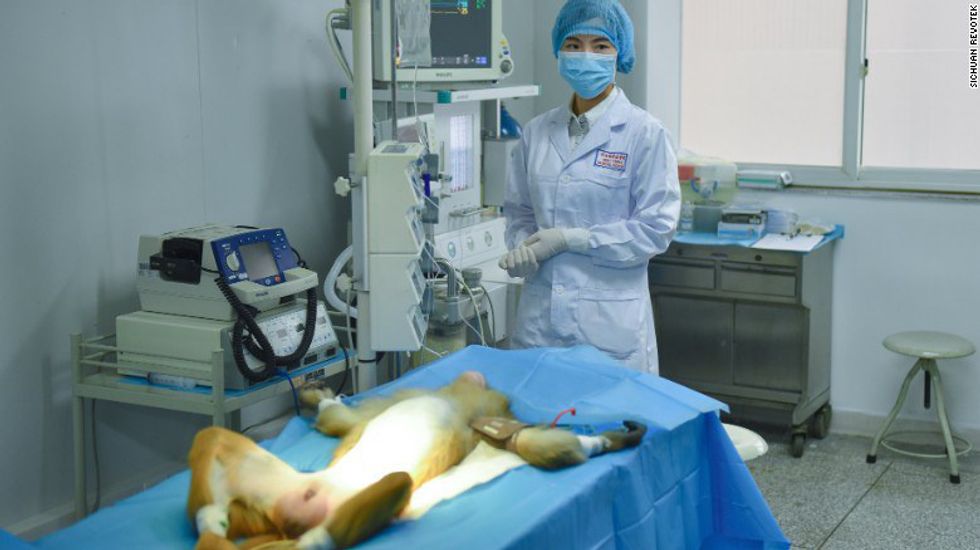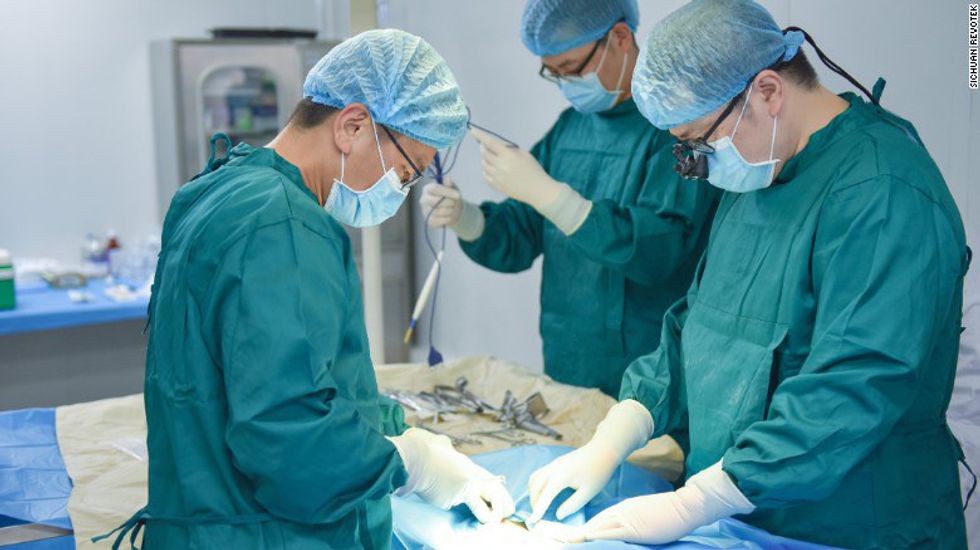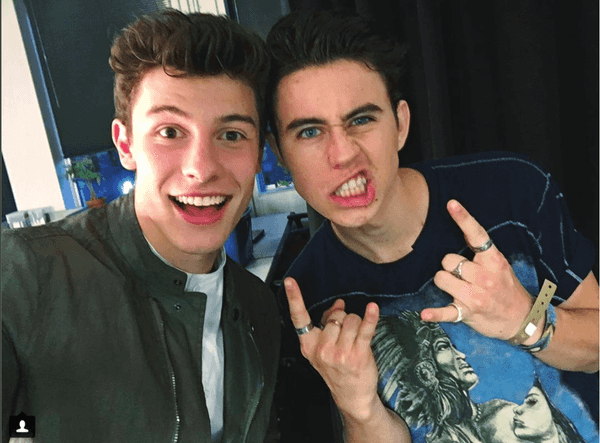Tuesday, January 10, 2017
While medical technology continues to evolve and improve, a major breakthrough in 3-D printed medicine has brought hope to nearly 1.8 billion cardiovascular disease patients. In Bejing, China, Chinese scientists working for Sichuan Revotek have done what was said to be the impossible. These scientists have successfully created 3-dimensional printed blood vessels and have implanted them in rhesus monkeys. As 3-D printing expands and grows exponentially, this has been a major step to mass producing and printing human organs for transplants.
Scientist have successfully 3-D printed and implanted blood vessels into the rhesus monkey.
There have been many companies to attempt 3-D printing of human organs, but chief scientist and CEO of Sichuan Revotek, James Kang, says that his company is “the first to have maintained the viability of the cells with the 3-D printing technology."
Their Magic Recipe
Through years of experimenting with this biotechnology, Sichuan Revotek has developed its own special “recipe,” which has been key for their success. This key to success was the biological material developed by their own company, a material known as bio-ink. Bio-ink is a material that is made from stem cells and is derived from the fat tissue of monkeys. Stem cells are vital to developing new treatments in any field of medicine, as they have the ability to grow into any cells within the body. The use of the monkey’s own stem cells ensures that the vessels will not be rejected by its own immune system once implanted.
Kang states that the use of stem cells acquired from fat tissue is also safer than the usual source – embryos.
The Process
Note that printing 3-D blood vessels was not the only hard part about this breakthrough. Surgically implanting the blood vessels required an intense amount of focus and determination because the surgery had to be performed in a very precise way. During surgery, Kang’s team replaced a 2-centimeter segment of abdominal artery in 30 rhesus monkeys with a 3-D printed blood vessel that contained their own developed bio-ink. Results were seen as soon as five days later, and the stem cells were able to adapt and grow into necessary types of cells. They grew into the various types of cells that are needed to make a functioning blood vessel, including endothelial cells and smooth muscle cells. Not much later--one month to be exact--the implanted vessels had entirely transitioned into the monkey’s own artery and functioned the exact same way as the monkey’s original vessel. This was huge for their company and team.
Scientists hope that one day, this technology can be used in humans.
Not only did the implanted 3-D printed blood vessel merge into the original vessel, but it also supported many vascular functions, such as aiding blood flow and transporting nutrients throughout the body. The bio-ink helped to fully develop the implanted vessels into living vessels, said Kang, and was the true component to their success.
Kang also said that, “the bio-ink’s capacity to develop collagen, a necessity for the tissue to mold into different shapes, is the first of its kind.”
As amazed as you and I are to be reading about this, it isn’t just nonsense. Other experts, such as professors and scientists, agree that Sichuan Revotek’s work is groundbreaking. Alex Lee, an assistant professor at the Chinese University in Hong Kong, has been working with his team to use 3-D printing to prototype heart models to personalize cardiac surgeries for patients. Lee states, “this is an important breakthrough in the field.” Just like many other groundbreaking experiments in medical technology, Lee said it would require years to observe the long-term effect of these vessels and cautioned that they “may become blocked again years later.”
The Future of 3-D Organ Printing
During the last year, 3-D printing grew exponentially, producing many different 3-D printed biological structures. For example, Russian scientists were able to transplant a 3-D printed thyroid gland into a lab mouse in November. They expect to print human organs within 15 years. French cosmetic giant L’Oreal announced that they are working on developing 3-D printed skin tissues for product testing. A New York start-up, EpiBone, is attempting to 3-D print customized bone grafts. The technology is limitless in its potential, and raises many new ideas and creative solutions to medical obstacles.
Sichuan Revotek produced the world's first 3-D blood vessel bio-printer.
This all seems to be too good to be true, right? While this technology is making great strides, the advances are also raising ethical concerns. Some analysts say they’re likely to spark debate, leading to regulation of the technology by 2016, according to Gartner Inc., the world’s leading information technology research and advisory company. Pete Basiliere, research director at Gartner Inc. says “3-D bioprinting facilities with the ability to print human organs and tissue will advance far faster than general understanding and acceptance of the ramifications of this technology.”
“These initiatives are well-intentioned, but raise a number of questions that remain unanswered. What happens when complex ‘enhanced’ organs involving nonhuman cells are made? Who will control the ability to produce them? And who will ensure the quality of resulting organs?”
Lee sees 3-D printed vessels as a realistic possibility for humans and expects to see them “tested in clinical trials in a couple of years.” Other simple structures could also become a reality.
Lee explains “what we can print right now are cardiac tissue patches and small-sized blood vessels.” These body parts are simple, hollow structures. However, the parts making up a human heart, such as valves, have much more complex shapes and tissues. It will be very technologically challenging for 3-D printers to produce consistent, quality human organs.
Though we are far from printing living organs, such as the whole heart, these small steps are crucial to developing more effective and efficient ways of transplanting organs. In the field of 3-D printing, nothing is impossible. In several years, the reality of 3-D printing human organs for organ transplants is quite possible, and has the potential to change medical technology in ways we never imagined.
























